| Wednesday, November 16, 2022 | |
New Computing Paradigms |
|
| 13:00 | Opening Remarks by Session Chair |
Thomas Signamarcheix, Vice President, Strategic Development,, CEA-Leti Opening Remarks by Session Chair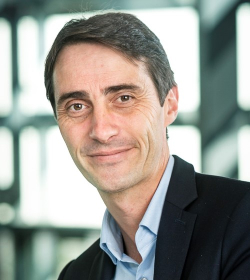
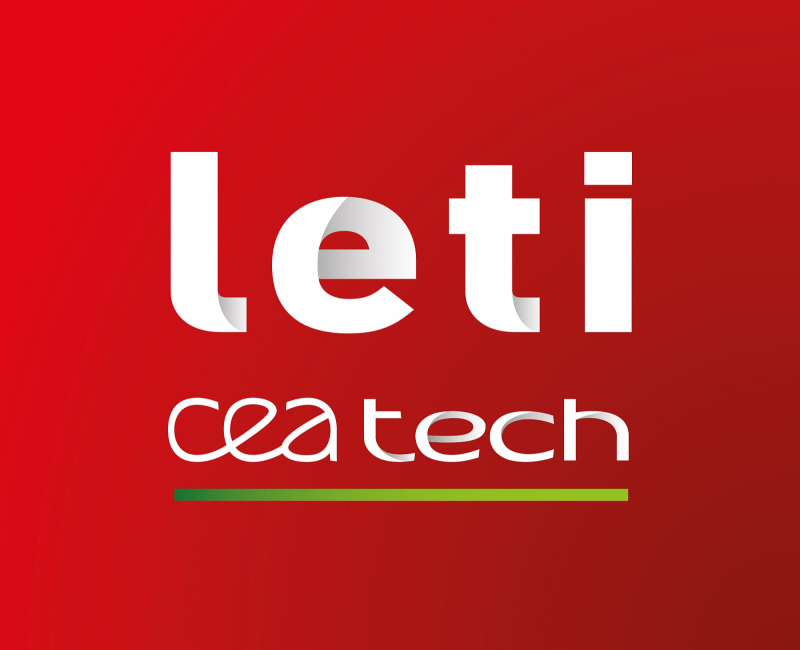 Abstract Biography |
|
| 13:10 | Keynote |
Com-Putare: Together We Think |
|
Michael Peeters, VP R&D Connectivity, imec Com-Putare: Together We Think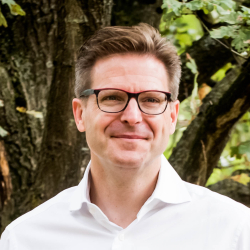
 Abstract Biography |
|
| 13:30 | Will More-than-Moore Technologies with 3D Integration meet the Challenges of Edge AI Devices ? |
Sylvie Joly, Parnerships Manager 3D integration and packaging, CEA-Leti Will More-than-Moore Technologies with 3D Integration meet the Challenges of Edge AI Devices ?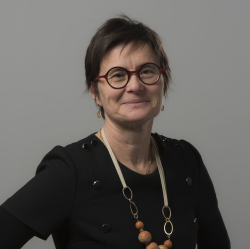
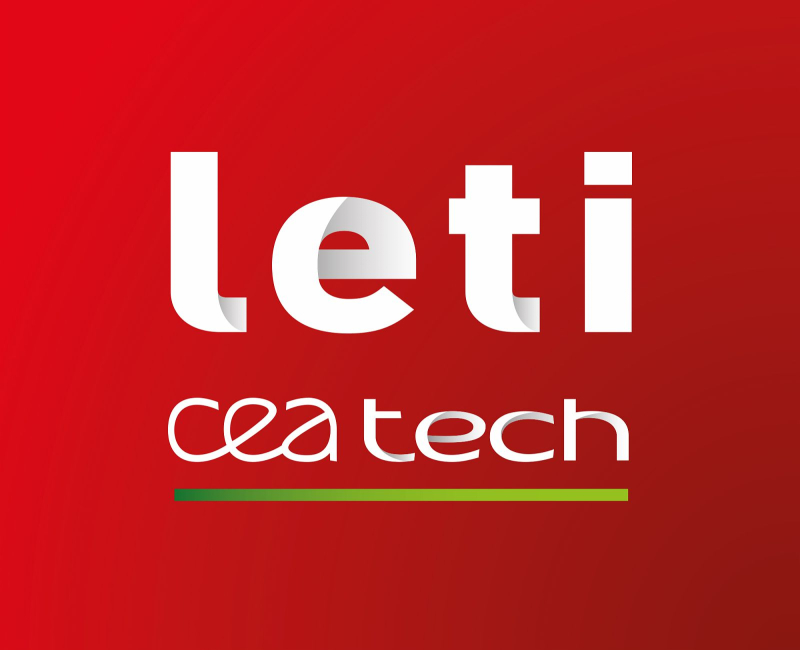 Abstract Biography |
|
| 13:50 | FMD Competence Center for Resource-Conscious Information and Communication Technology |
Stephan Guttowski, Managing Director, Fraunhofer Group for Microelectronics / Research Fab Microelectronics Germany FMD Competence Center for Resource-Conscious Information and Communication Technology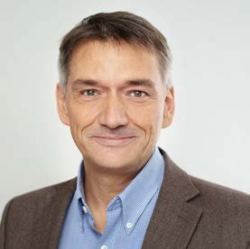
 Abstract Biography |
|
Low Power Computing for Edge Devices |
|
| 14:10 | A Materials to Systems Understanding of a BEOL Embedded Analog NVM Memory Technology for Edge Compute Applications |
Michael Chudzi, VP of Technology for IMS, Applied Materials A Materials to Systems Understanding of a BEOL Embedded Analog NVM Memory Technology for Edge Compute Applications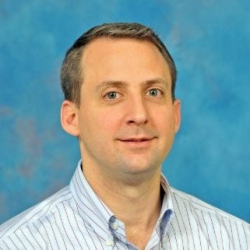
Abstract Biography |
|
| 14:30 | MicroLED Advance Bonding Method to enable AR Metaverse |
Ran Yan, Business Unit Director, GLOBALFOUNDRIES MicroLED Advance Bonding Method to enable AR Metaverse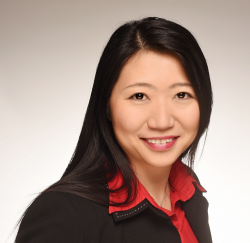
 Abstract Biography |
|
| 14:50 | The Metaverse - Embracing the 4th wave of Personal Computing |
Mariano Mailos, Mixed Reality Go To Market Manager, Microsoft The Metaverse - Embracing the 4th wave of Personal Computing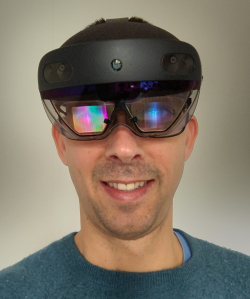
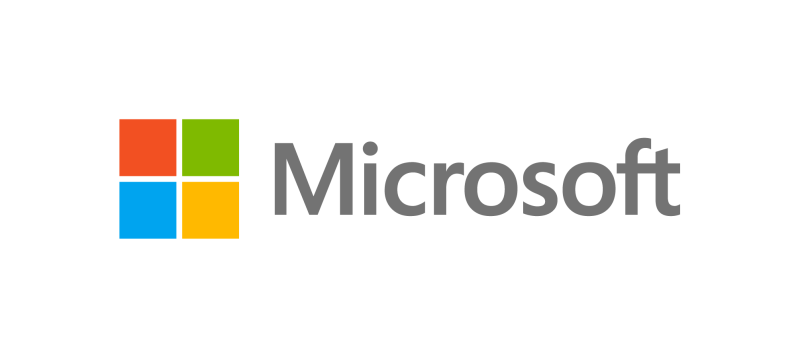 Abstract Biography |
|
| 15:10 | Building Scalable and Ultra-Coherent Quantum Computers with Carbon Nanotubes |
Pierre Desjardins, CEO & co-founder, C12 Building Scalable and Ultra-Coherent Quantum Computers with Carbon Nanotubes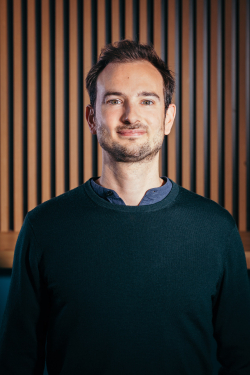
 Abstract Biography |
|
| 15:30 | Superconducting Quantum Computers and Synergies with the Semiconductor Industry, IQM |